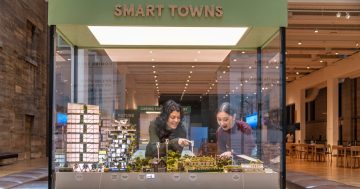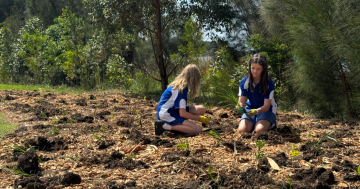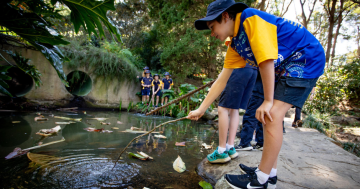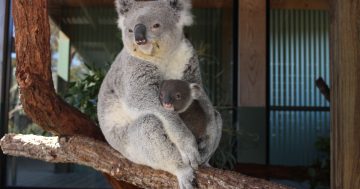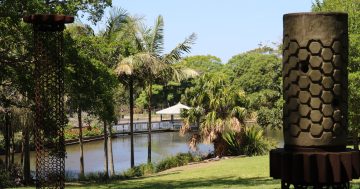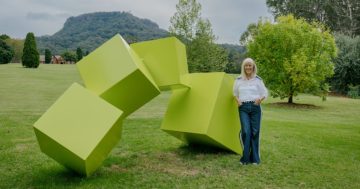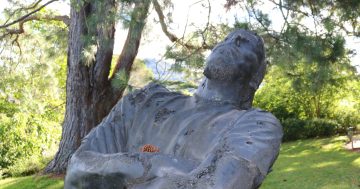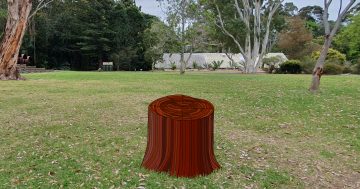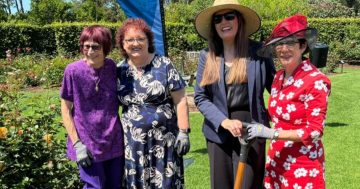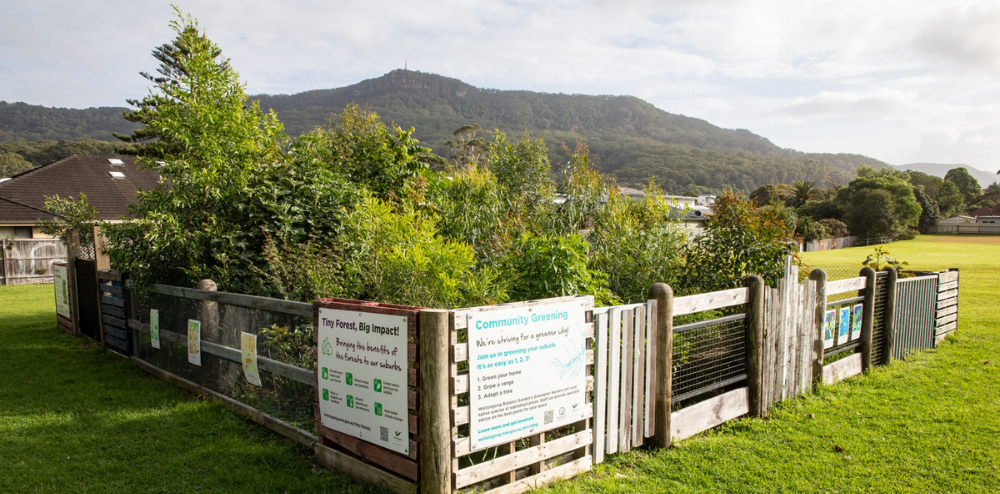
One year on and Tarrawanna’s Tiny Forest is towering over the students who helped to plant it. Photos: Wollongong City Council.
It’s only a tiny patch of ground, but the Tarrawanna Tiny Forest is home to 350 native plant species.
Even though it was only created a year ago, the plants are already towering over the Tarrawanna Public School students who helped to transform a bare patch of earth into a mini forest.
The tiny forest, in Harrigan Park, is made up of 350 native plant species commonly found in the area such as eucalypts, wattles, palms, tea trees and grasses all propagated from local sources at Wollongong Botanic Garden Nursery.
The massive growth spurt is thanks to the unique gardening techniques that Wollongong City Council staff employed when designing the tiny forest.
Botanic Garden Curator Felicity Skoberne said the concept was a way to expand the garden’s greenery outside and into the city.
“Each tiny forest is roughly the footprint of a half a tennis court,” Felicity said.
“You’d think that having such a small space would limit growth, but instead it’s the exact opposite. By packing the plants so tightly together when we first planted them, we’re encouraging the plants to compete with each other for sunlight and water.
“This battle for resources is what encourages the super-fast growth.
“You can’t see it but under the soil the roots spread out and connect via symbiotic fungi forming this robust network that can share nutrients and as the canopy forms, shade out and limit weeds from growing.”
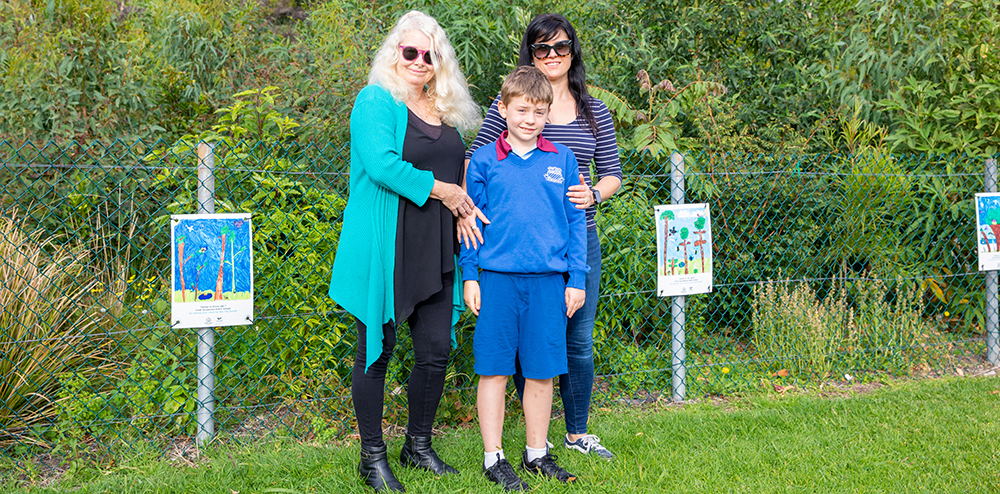
Lincoln (pictured with mum Sarah and grandmother Rhonda) was one of the students who helped plant the Tiny Forest in 2022 as a school project.

This aerial shot shows how quickly the forest has grown in a year.
The soil is carefully prepared before planting. The site is maintained in the early years to help the forest mature in record time, growing in as little as 10 years, compared with up to 70 years it takes a forest to restore.
By swapping grass with a range of plants and trees, these multilayered forests create 30 times more green surface area than grass alone.
Tiny forests can thrive in busy, built-up areas where they offer benefits including shade and air cooling, providing a habitat for animals and insects, creating a noise buffer and absorbing carbon dioxide to help reduce the impact of global warming.
Two other tiny forests have been planted, one at the Botanic Garden and The Green Patch, on the corner of Western Ave and Cleveland Rd, Dapto.
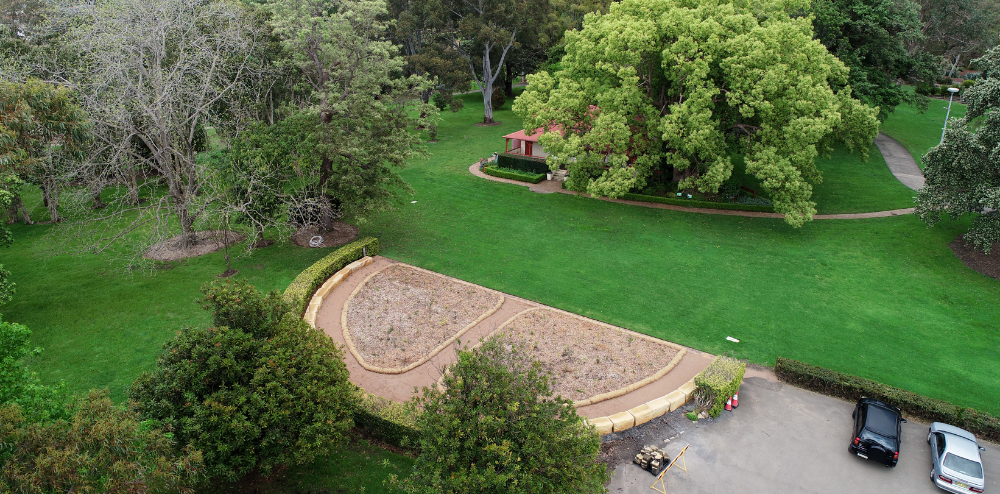
The Tiny Forest at Wollongong Botanic Garden was planted in the shape of lungs to remind people of the importance of plants.
Wollongong City Acting Lord Mayor Councillor Tania Brown said tiny forests were a big bang for your buck when it came to improving access to green spaces in suburbs.
“These multilayered forests create 30 times more green surface area than a normal grass lawn. What’s especially great about these forests is that they can thrive in busy, polluted, and built-up areas,” Cr Brown said.
“For this project, we’ve targeted suburbs which have low density levels of tree cover as well as created a knowledge-building version in the Wollongong Botanic Garden so people who visit this space can learn more about tiny forests. We know that trees provide shade, cool the air, absorb carbon dioxide, and restore local biodiversity.
“At the same time, the projects have been positive experiences for local community members, in particular the students and schools who have helped council plant and care for the forests.”
Learn more about Tiny Forests and check out the full plant lists for each location.








